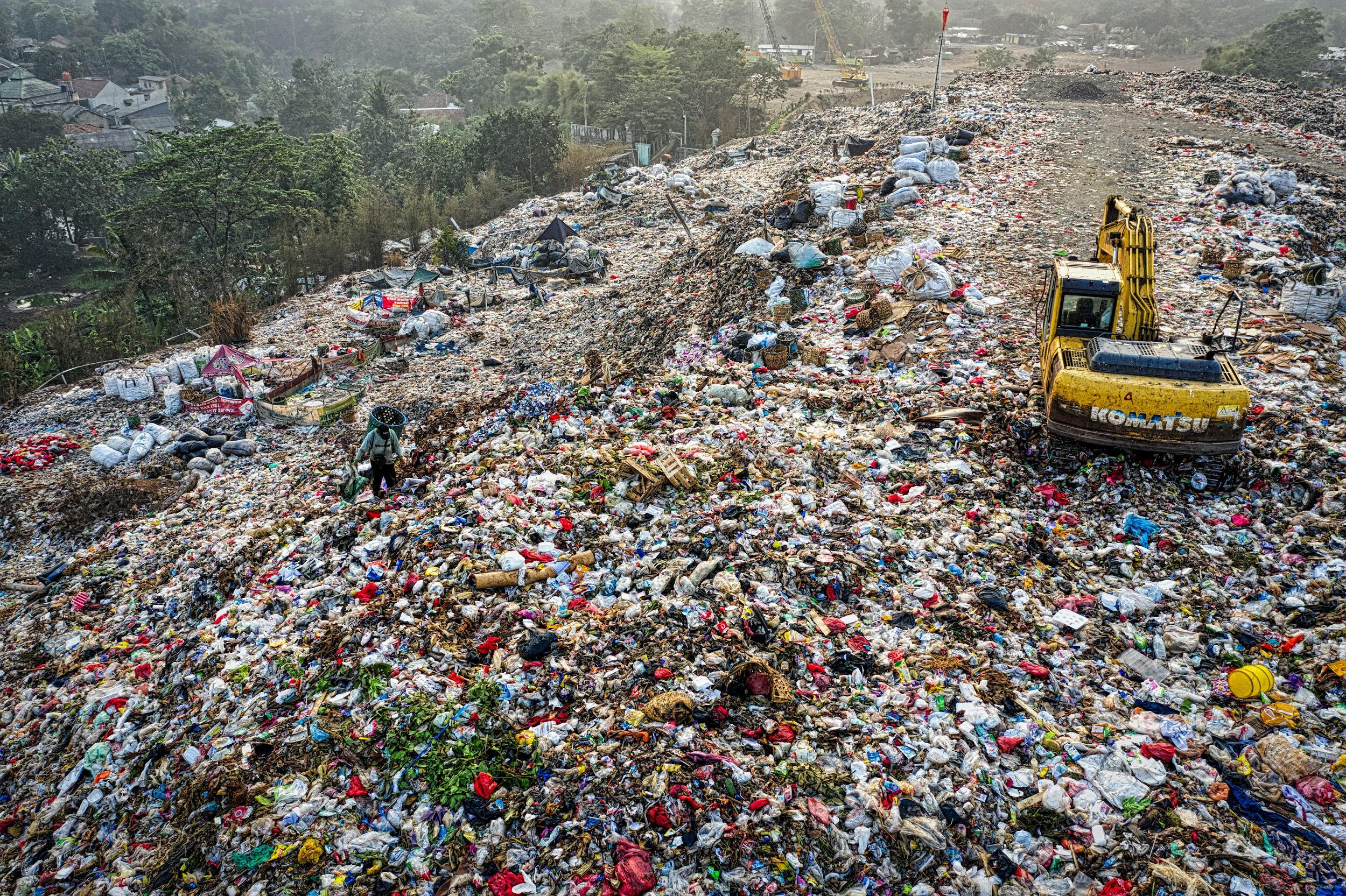An old couch, a broken-down desk, a fridge with no compressor, and so many other pieces of junk. We toss them out never to think of them again. A few of my buddies and I became curious after watching a dump truck pick up his childhood bed frame from the curb. So we started looking into it and junk removal is no longer a mystery. Here are our findings:
When You Say Goodbye to Junk
The first step in this junk removal process will start when you hire contractors.
So, these guys aren’t just there to haul your junk off to the dump. They put effort and care into the decisions they make. For example, that old piece of furniture that you call junk could end up in someone else’s living room, repurposed.
They do their best to divert the junk from landfills into numerous places. A recycling plant would be their destination. In the recycling factories, machines organize the junk into specific categories.
Some Junk Removal Categories:
1. Plastics
2. Metals
3. Glass
4. Papers
5. Foods
6. Electronics
7. White goods
8. Fabrics
9. Woods
Each category follows its own disposal and recycling path.
Materials like the plastics, metals, E-waste, glass and paper tend to follow the recycling procedure and then turn into raw materials. Thankfully, those raw materials turn into new products, like plastic bottles, newspapers, tin cans etc.
Let’s take a look at each category
Plastics
Plastic lasts a long time – compare it to cockroaches – this material may outlive humans. They are the biggest problem in junk removal and recycling procedures.
Consequently, a piece of plastic could take 500 years to break down and disappear. Generally, plastic bottles are usually made from a type of clear plastic called PET (polyethylene terephthalate). PET turns into things like textiles (for thermal jackets and sleeping bags) a material which is hard enough to recycle. Milk bottles tend to consist of HDPE (high-density polyethylene), a thicker plastic. That kind of plastic usually turns into durable products like flower pots and plastic pipes.
Glass
Glass is an easy recycling material. Specific furnaces can melt the glass down again and again. A combination of old glass with some new ingredients work well together to make something new.
Metal
Typically most of the metal that we use comes from our food containers, like cans and aerosols. Just think of the steel or aluminum from the cans. It quickly melts down and is reused for new products. However, the aluminum recycling process is environmentally harmful and energy-intensive. That’s why it’s not the most popular of recyclable materials.
Paper
Paper is recycled multiple times. Before recycling paper, all the ink needs to be removed. Some bleach can help with that. The hard part is that paper is made from plant fibers that become shorter during papermaking. After a while it needs to be combined with some new paper to regain its high quality.
Wood
A traditionally reusable material. Wood, for the most part, can turn into new wooden products. Shredded used wood can stick together with an adhesive to create new composite woods such as laminates.
E-waste
Shredding equipment shreds electronic waste or it needs to be dismantled manually into various parts. They collect the pieces and distribute them to their appropriate facility. The facilities depend on the material of each part.
Textiles and clothing
Textiles and clothes are separated into type and color. Machines shred the fabric and blend it with other fibers. They can make a mattress our of these compressed threads. Also, filling material for new products is made by these compressed textiles.
Side Note: Instead of tossing out clothes – you can donate them. Helping each other is the most human thing we could possibly do.
What about non-recycled junk removal?
Obviously, not all junk is recycled. That’s why they’re going directly into the landfill. However, there is a different and more productive way to remove that waste.
Junk that can’t be recycled is usually turned into energy with high temperature.
What do you think about heating, electricity, and fuel that come from junk?
They call this procedure bioenergy. Throwing and chucking up junk into a landfill is a waste. In fact, Europe, the United States, Canada, and East Africa tend to burn the trash at high temperatures to create fuel, gas, or steam that drives the production of electricity.
Recycling and bioenergy are both eco-friendly. These are what make junk removal procedures so important. Material processing equipment helps us reuse a large number of products. Otherwise, those old and destroyed products will end up in landfills. No one wants that, especially when there’s a better option.

